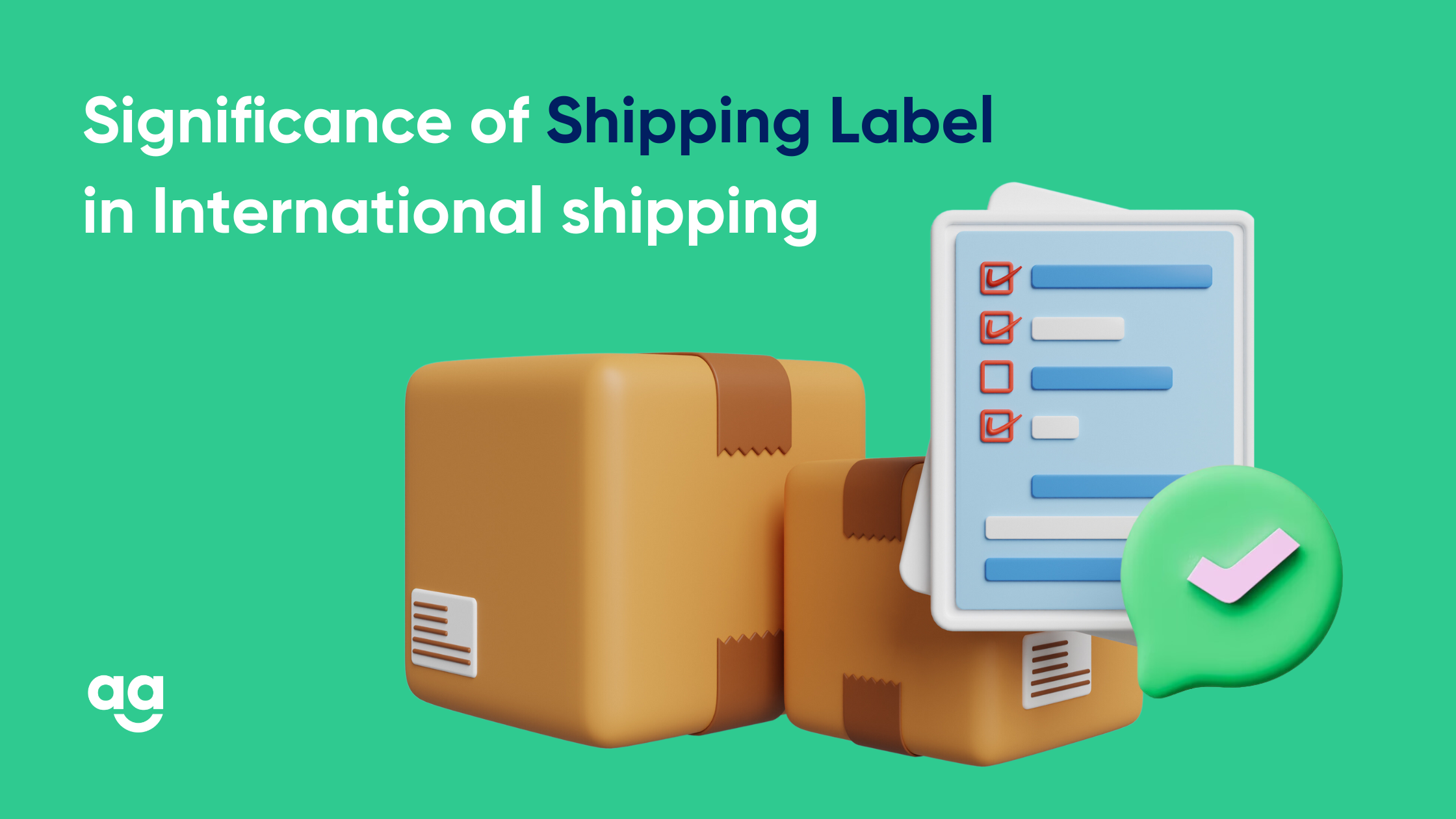Introduction
In the world of international shipping, a shipping label is a crucial component of the process. It serves as a means of identification and communication between shippers, carriers, and recipients.
In this blog, we will explore the significance of shipping labels in international shipping and why they are essential for ensuring smooth and timely deliveries.
What is a Shipping Label in International Shipping?
A shipping label is a document that contains information about a shipment’s contents, destination, and origin. It is attached to the outside of the package and serves as a form of identification for carriers, shippers, and recipients. The label typically includes the name and address of the sender and the recipient, the weight of the package, and a tracking number.
Importance of Shipping Labels in International Shipping
Shipping labels are essential for several reasons, including:
Accurate Delivery:
A shipping label contains critical information about the shipment, including the recipient’s address and contact information. Without a shipping label, there is no way to ensure that the package will arrive at the correct destination. An accurate shipping label is vital for ensuring timely and successful deliveries.
Tracking:
Shipping labels typically include a unique tracking number that allows carriers and recipients to track the package’s progress from the point of origin to its destination. This feature is essential for ensuring that the package arrives on time and in good condition.
Customs Compliance:
International shipping requires compliance with various customs regulations. A shipping label provides crucial information to customs officials, such as the contents of the package, its value, and its country of origin. This information is necessary for ensuring that the package complies with all customs requirements and can be safely delivered to its destination.
Handling Instructions:
Shipping labels can also include handling instructions, such as “Fragile” or “This End Up.” These instructions help carriers and recipients handle the package with care, reducing the risk of damage during transit.
What Information is Included on a Shipping Label?
Shipping labels typically include the following information:
-
Sender’s Information
This includes the name, address, and contact information of the sender.
-
Recipient’s Information
This includes the name, address, and contact information of the recipient.
-
Tracking Number
This is a unique identifier assigned to each package that allows carriers and recipients to track its progress.
-
Shipment Details
This includes the weight of the package, the number of items, and the value of the contents.
-
Handling Instructions
This includes any special instructions for handling the package, such as “Fragile” or “This End Up.”
Tips for Creating Effective Shipping Labels for International Shipping
Creating an effective shipping label is essential for ensuring timely and successful deliveries. Here are some tips for creating effective shipping labels for international shipping:
-
Use Clear and Legible Fonts
Use clear and legible fonts for the recipient’s address and other important information. Avoid using fancy or decorative fonts that may be difficult to read.
-
Include All Necessary Information
Make sure to include all necessary information on the shipping label, including the sender’s and recipient’s names and addresses, the weight of the package, and the tracking number.
-
Use Appropriate Label Materials
Use label materials that can withstand the rigors of international shipping, including moisture, heat, and cold. This ensures that the label remains intact and legible throughout the shipping process.
-
Follow Customs Regulations
Make sure to include all necessary customs information on the label, such as the country of origin and the value of the contents. This helps ensure that the package complies with all customs regulations and can be safely delivered to its destination.
Wrapping up
In conclusion, the shipping label is an essential part of international shipping. It serves as a crucial communication tool between the shipper, carrier, and customs officials, providing important information about the contents of the package and its destination. Accurate and clear labeling can prevent delays, reduce the risk of lost or damaged shipments, and ensure compliance with customs regulations.
To ensure the success of your international shipments, it’s important to understand the significance of shipping labels, and to take the time to properly label your packages. By following the guidelines discussed in this article, you can ensure that your international shipping experience is a smooth and successful one.







 Shipping
Shipping







